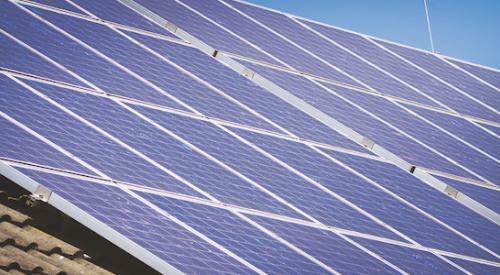As California’s 2020 deadline for all new homes to include solar power approaches, some worry that the new mandatory solar standards will force costs through the roof. But that may not be the case: With financing options that spread of the cost over time, solar compliance credits, and the fact that new solar roofs are cheaper than retrofits, solar power may not have to break the bank. And as time goes by, experts expect the mandate to drive costs down while sparking increased investment in solar technology.
Approved first by California Energy Commission’s (CEC) Green Building Standards Code with final approval from the CEC, the new, Title 24 rules require single-family homes and multi-family buildings as high as three stories be solar-ready or come equipped with solar photovoltaic (PV) systems. “We installed 25,000 solar roofs in California last year (2018) and expect to increase that by a similar number by 2021” as a result of the new home solar roofs requirements, Judson Diehl, vice president, builder solar at Petersen-Dean, told Solar Magazine.
New rooftop solar PV systems are expected to reduce home energy usage by more than 50% as compared to today’s standards, which were enacted in 2006, and help California realize its goal of 80% net zero-carbon energy by 2050, according to the CEC. “These provisions really are historic and will be a beacon of light for the rest of the country,” CEC commissioner Kent Sasaki was quoted in The Mercury News.
Generally speaking, Petersen-Dean Solar and Roofing’s approach to the new market rules is to concentrate on meeting Title 24 requirements first and then working with customers to customize rooftop PV systems to leave room for possible expansion, future developments and meeting customers’ particular needs and wants, Diehl continued.












